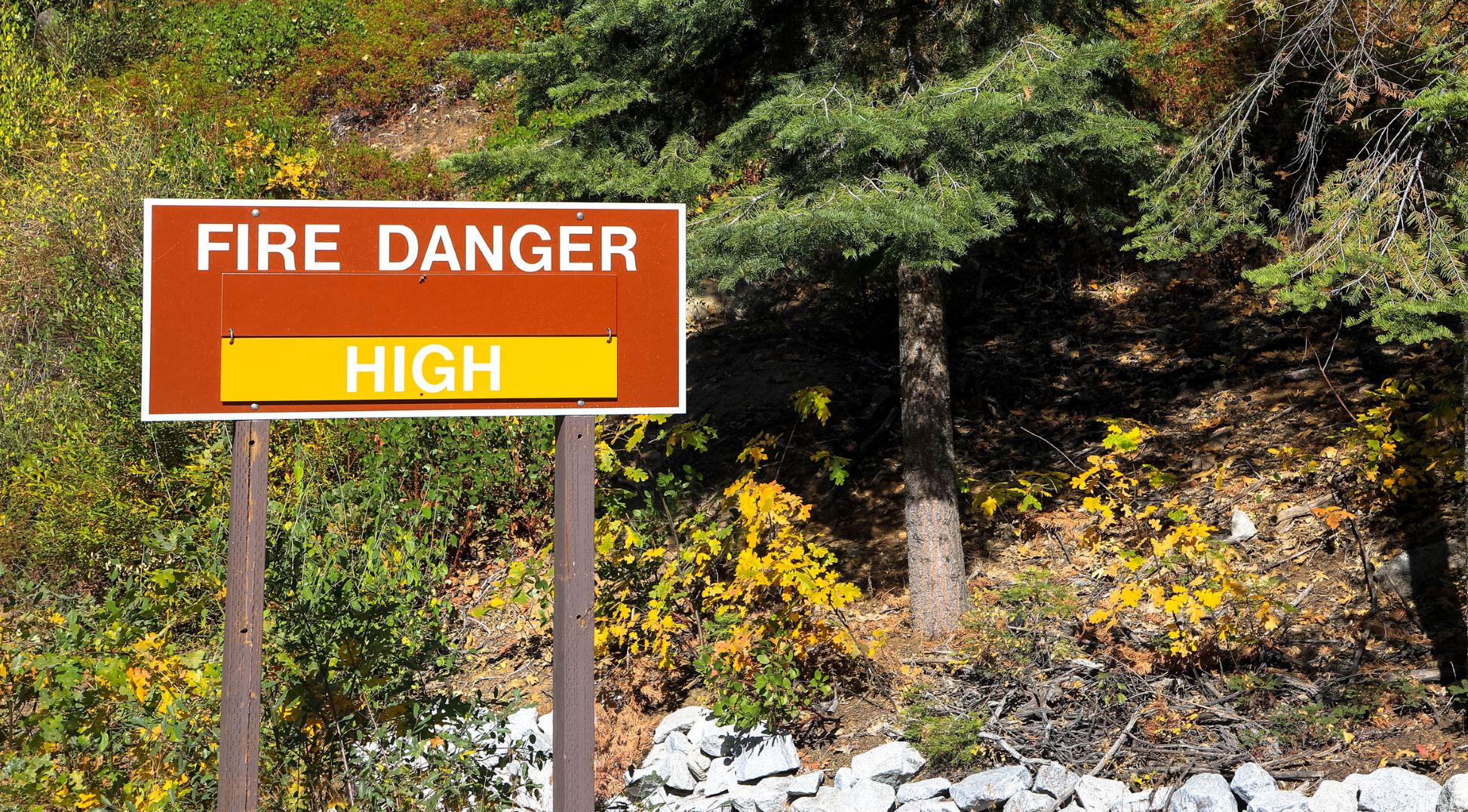
Risk managers have always been on the front line when it comes to analysing, quantifying and managing the impact of physical climate risk.
To help, businesses often use sophisticated catastrophe risk models combined with an array of data sources together with their own experience to build this view. Risk models simulate thousands of events, such as hurricanes or floods and go way beyond the historical record to give the widest possible view of potential events.
The models then calculate on-the-ground impact from these simulated events on buildings and infrastructure, to provide potential financial losses and their probabilities over a given period. Insurers can explore and understand ‘tail risk’ – the likelihood and impact of extreme events – and make sure they are prepared for them.
With Cop26 stressing to delegates how the globe is already 1.18°C warmer than in the year 1880, businesses also realise that the influence of climate change has already had consequences. It is seen through more intense weather events or record-breaking wildfires – and their accompanying rising losses. For example, the extreme rainfall during Hurricane Harvey, which caused $125bn in economic damage in 2017, saw linkages to climate change.
Pricing in today’s climate change risk
The impact of climate change up to the present day is already reflected in modelling technology. Whereas existing risk models quantify today’s risk, new climate change conditioned risk models build in all the latest scientific consensus around a peril, such as hurricanes or floods, and examine how they will shift over time as a result of climate change.
Over short time horizons, climate change risk models enable risk managers and insurers to stress-test their current portfolios against the potential impacts of climate change. In the longer term, such solutions can be used to inform strategy decisions around which regions and lines of business to expand into and where to pull back, by gaining insights into perils and regions where risk is likely to increase most significantly because of climate change.
How well do you really know your competitors?
Access the most comprehensive Company Profiles on the market, powered by GlobalData. Save hours of research. Gain competitive edge.

Thank you!
Your download email will arrive shortly
Not ready to buy yet? Download a free sample
We are confident about the unique quality of our Company Profiles. However, we want you to make the most beneficial decision for your business, so we offer a free sample that you can download by submitting the below form
By GlobalDataClimate change risk models also provide the tools necessary to comply with new and upcoming regulatory requirements, such as Task Force on Climate-related Financial Disclosures reporting and environmental, social and governance initiatives, and to simplify the process of reporting against these. Additionally, they can assist in better articulating the impact of climate change on the business to board members, investors and other key stakeholders.
Mitigating climate change impact
Businesses will undoubtedly do all they can to accelerate the race to net-zero carbon emissions and are already declaring and analysing their exposure, but climate change risk modelling can now help businesses play an active role in helping to mitigate potential risk.
One example of this can be seen in the recent wildfires across the western US that have created an insurance crisis across several states, in what could be a familiar scenario for many regions. Homeowners are facing non-renewals and steep increases in insurance premium rates due to costly wildfires in 2017, 2018 and 2020.
Rising temperatures due to climate change are exacerbating the conditions for wildfire, as the environment becomes hotter and drier. State departments and policymakers in the region are being pressured to act. Research by renowned organisations such as the Insurance Institute for Business and Home Safety (IBHS) and the National Institute of Standards and Technology (NIST) provide guidance on how to create more wildfire-resilient communities using a combination of location-specific building science, as well as creating defensible spaces around homes and properties.
Quantifying the benefits
However, until now, it was difficult to quantify the benefits of the mitigation and prove that there is material benefit. RMS recently partnered with the National Association of Insurance Commissioners (NAIC) Center for Insurance Policy Research and IBHS to explore the benefit cost of wildfire resilience strategies in the western US and produced a report that examined the applications of risk reduction measures to mitigate wildfire risk.
Mitigation could be as simple as ensuring there is no flammable materials around a building perimeter or using fire-resistant roofing materials. The research demonstrated how it is possible to incentivise effective mitigation investments if insurance carriers are given the flexibility to offer appropriate differentials. The cost to mitigate risk plays an important role in the planning and decision-making processes.
Through understanding the growing physical climate change risk, alongside the efforts to reduce carbon emissions, businesses can use modelling insights to explain the risk to all concerned stakeholders, explore mitigation measures, and incentivise their use.
The RMS view on the risk can play an important role for stakeholders across the value chain, including governments, mortgage lenders, financial services and their customers. Modelling for today and tomorrow’s climate change risk will be an essential tool to ensure vital insurance coverage can thrive in the future.



